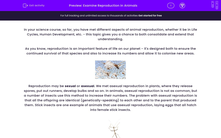In your science course, so far, you have met different aspects of animal reproduction, whether it be in Life Cycles, Human Development, etc. - this topic gives you a chance to both consolidate and extend that understanding.
As you know, reproduction is an important feature of life on our planet - it's designed both to ensure the continued survival of that species and also to increase its numbers and allow it to colonise new areas.
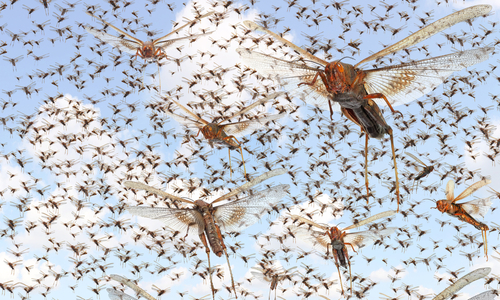
Reproduction may be sexual or asexual. We met asexual reproduction in plants, where they release spores, put out runners, develop bulbs and so on. In animals, asexual reproduction is not as common, but a number of insects use this method to increase their numbers. The problem with asexual reproduction is that all the offspring are identical (genetically-speaking) to each other and to the parent that produced them. Stick insects are one example of animals that use asexual reproduction, laying eggs that all hatch into female stick insects.

However, all animals have a method of sexual reproduction. This is important as it's the only way that the species can adapt to the changing conditions of the environment in which they live. You see, with sexual reproduction, each animal contributes a selection of its own genes to the offspring in such a way that each one is unique. With most animals, the male puts its genes into its sperm while the female puts her genes into her eggs. Then, during mating, when these sex cells combine during fertilisation, the characteristics of each individual embryo are different to all the others. This is the power of sexual reproduction - how else would organisms be able to adapt to rising temperatures, changes in the oceans, the increasing amount of desert, and so on, which the world is experiencing through climate change?
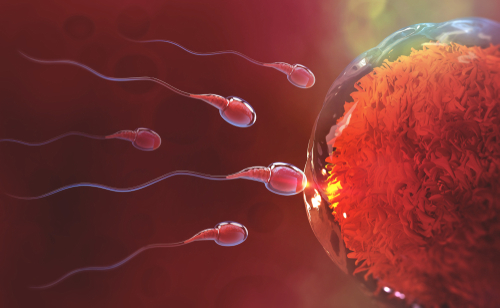
Depending on the type of animal and where it lives, those sperm and eggs may meet outside the body - external fertilisation - and this is very common in many aquatic animals like molluscs, fish, jellyfish, etc.. Of course, with the eggs being fertilised outside the body, that's where the young develop which, naturally, leaves them vulnerable to predation. That's one of the reasons that so many are produced - in the activity on froglLife cycles, we learnt that only 2-3 frogs make it to adulthood from the 3,000 or so eggs that the female releases! By the way, frogs are one example of an animal that goes through a complete change in its shape as it grows - called metamorphosis (pronounced met-a-more-fo-sis) - as it changes from egg to tadpole to adult.
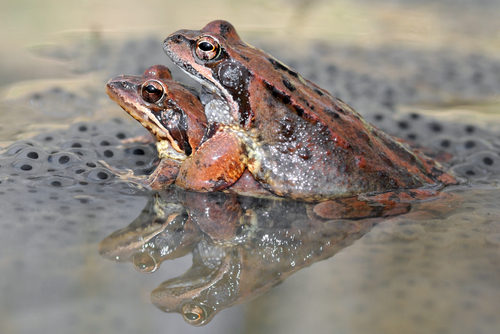
To ensure that more of the eggs are fertilised, many animals pass their sperm inside the female - internal fertilisation. Think of mating butterflies, flies, birds, reptiles, mammals, snails, spiders - these are examples of animals that place their sperm inside the female. The majority still lay their eggs outside the body - external development - but mammals, for example, retain the fertilised egg inside the body, nurturing it as it grows, until it's born - internal development. Uniquely, baby mammals grow inside their mother's womb (or uterus), nourished by the placenta to which they are attached by a cord, which delivers food and oxygen to each growing youngster.
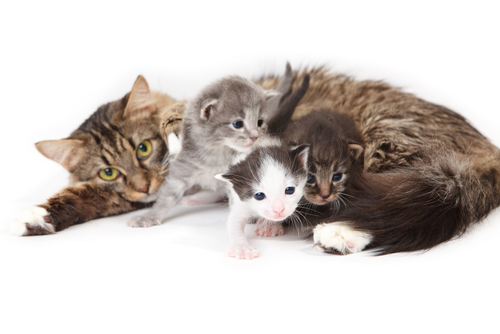
Finally, the success of reproduction is also affected by the extent to which the parents look after the young, once they've hatched or been born. The vast majority of animals leave their young to fend for themselves (which is why they produce so many, giving a greater chance of a few surviving to adulthood) but certain animals take care of their young. Birds and mammals, especially, are well known for this, protecting and feeding their offspring until they're old enough to have learnt the skills to make a life of their own.
So, that's an overview of the different aspects of animal reproduction that we're going to review in this activity. So, let's get on with it - bet you learn something new!

